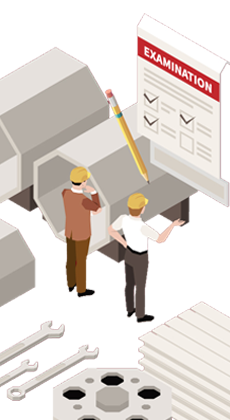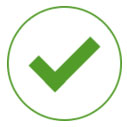Schedule a Call Back
$ 5 bn opportunity in auto parts via material circularity
 According to a McKinsey report released during the 63rd annual session of the Automotive Component Manufacturers Association of India (ACMA), India's automobile parts industry may see a market opportunity ranging from $ 3.8 to $ 5 billion by the Financial Year 2029-30 (FY30) through the practice of component circularity, which involves the reuse or recycling of materials.
According to a McKinsey report released during the 63rd annual session of the Automotive Component Manufacturers Association of India (ACMA), India's automobile parts industry may see a market opportunity ranging from $ 3.8 to $ 5 billion by the Financial Year 2029-30 (FY30) through the practice of component circularity, which involves the reuse or recycling of materials.The report, titled 'Mobility 360 degrees – Sustainability for Competitiveness,' outlined that embracing material circularity could lead to several benefits for companies. Specifically, it could boost the top line by 10-20%, reduce costs by 5-10%, decrease virgin material usage by 20-40%, and cut carbon emissions by 50-70%.
The global automotive industry is increasingly adopting the concept of a circular economy, which aims to keep materials, products, and services in circulation for as long as possible. A report jointly published by the World Economic Forum and Accenture suggests that a car produced under the circular economy model could potentially reduce the automotive industry's carbon emissions throughout its lifecycle by up to 75% by 2030.
The McKinsey report stated, "The market opportunity for automotive component circularity by FY30 is estimated to be in the range of $ 3.8 to 5 billion, encompassing three key themes – material recirculation, circular product design and repair, care, and refurbishment services." It also highlighted the challenges in promoting material circularity in India, including the presence of disorganised recyclers, high costs, low recovery rates for e-waste and reusable parts, as well as the demand for recycled products and the complexity of recycling certain components.
However, the report suggested that these barriers could potentially be overcome over time with the help of supportive policies and regulatory measures, such as the Vehicle Scrappage Policy of 2022. Additionally, improvements in recycling economics and advancements in recycling technologies could contribute to the growth of material circularity in the Indian automobile industry.
Also read:
Indian domestic air passenger traffic increased by 23%
Haryana Plans Airstrip Expansion for Better Regional Connectivity


Subscribe Now
Subscribe to our Newsletter & Stay updated
RECENT POSTS
Popular Tags
Folliow us









